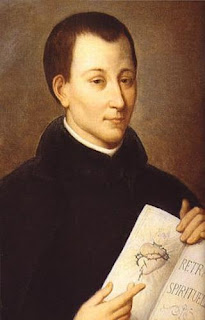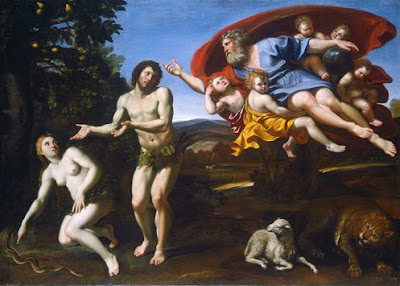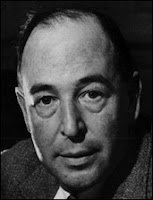Aquinas is the Reason Catholicism Does Not Have a ‘Radical Islam’ Problem

Tradition holds that the medieval saint Thomas Aquinas levitated and had visions of our Lord. He was greatly concerned with explaining the mind of God, and he continues to matter because he helps us with a problem which still confounds us today; how we can reconcile religion with science and faith with reason. Aquinas’ monumental contribution was to teach Western civilization that any person could have access to great truths whenever they made use of God's gift of reason. Aquinas broke a log jam in Christian thinking over the question of how non-Christians could have both wisdom and at the same time no interest in or even knowledge of Jesus. Aquinas universalized intelligence. He opened the Christian mind to the insights of all of humanity from across the ages and the continents. The modern world insofar as it insists that good ideas can come from any quarter regardless of creed or background remains hugely in Aquinas’ debt. As a young seminarian, Aquinas went to study at th





